HANS HOFMANN (1880-1966)
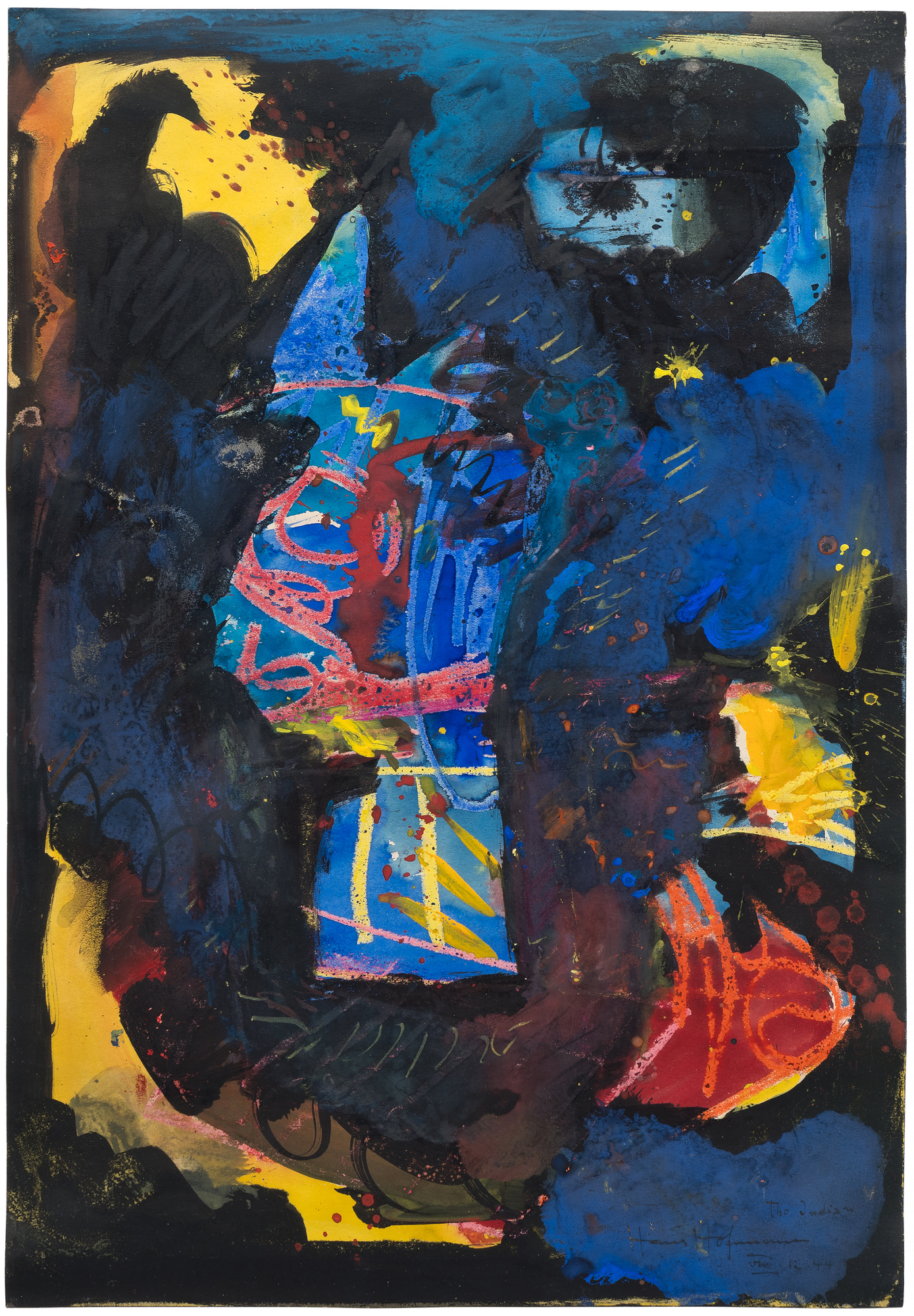
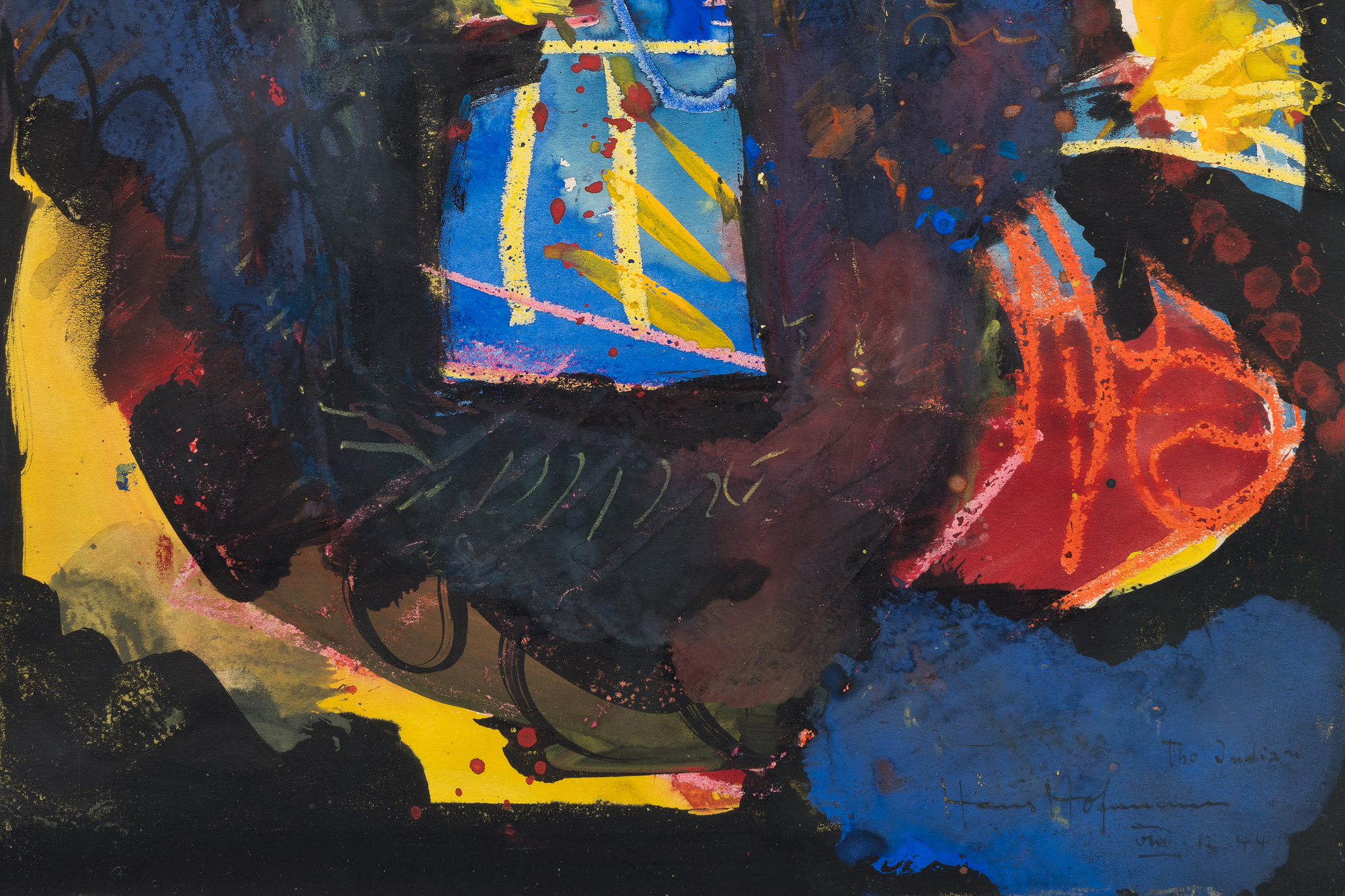
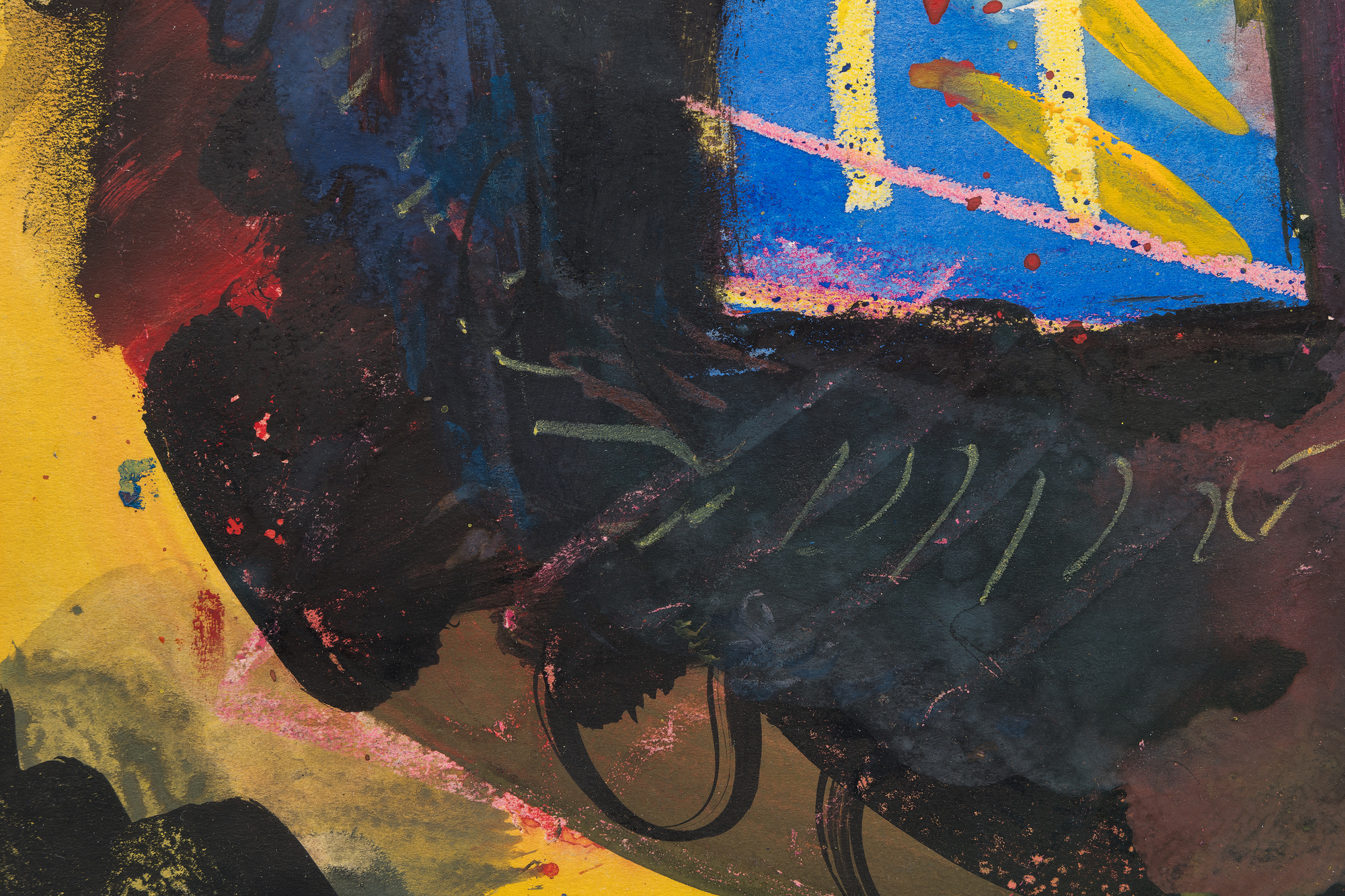
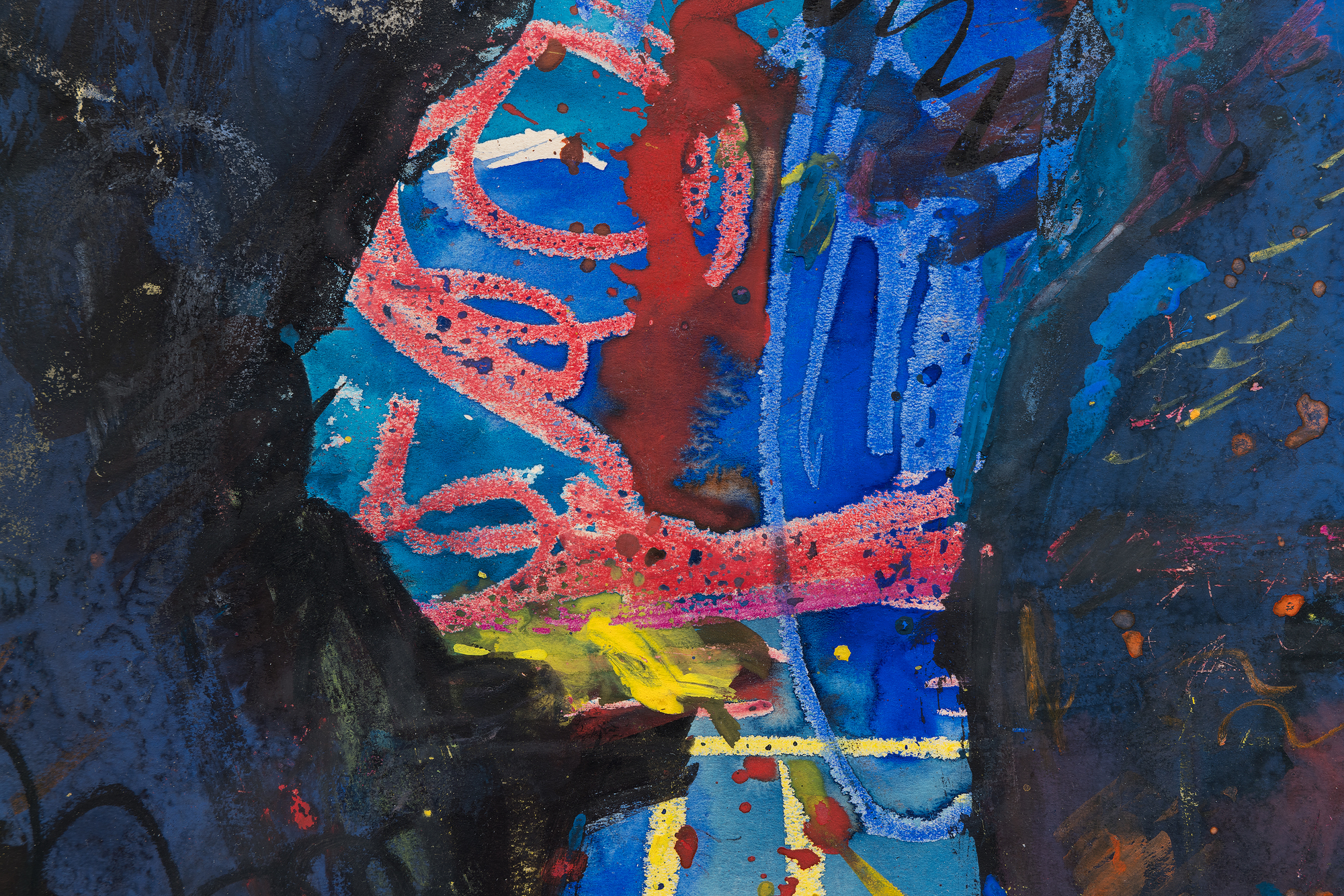
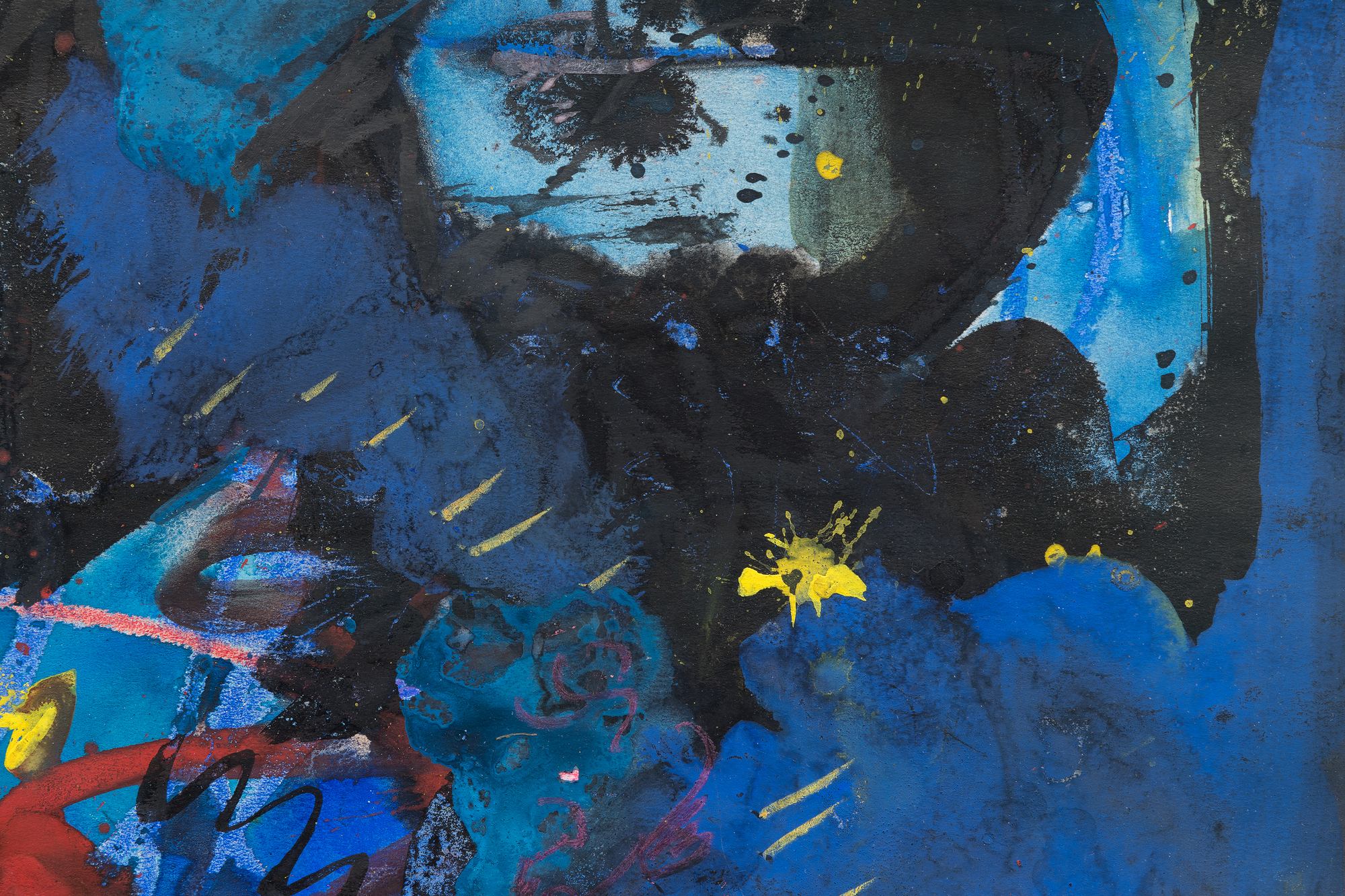
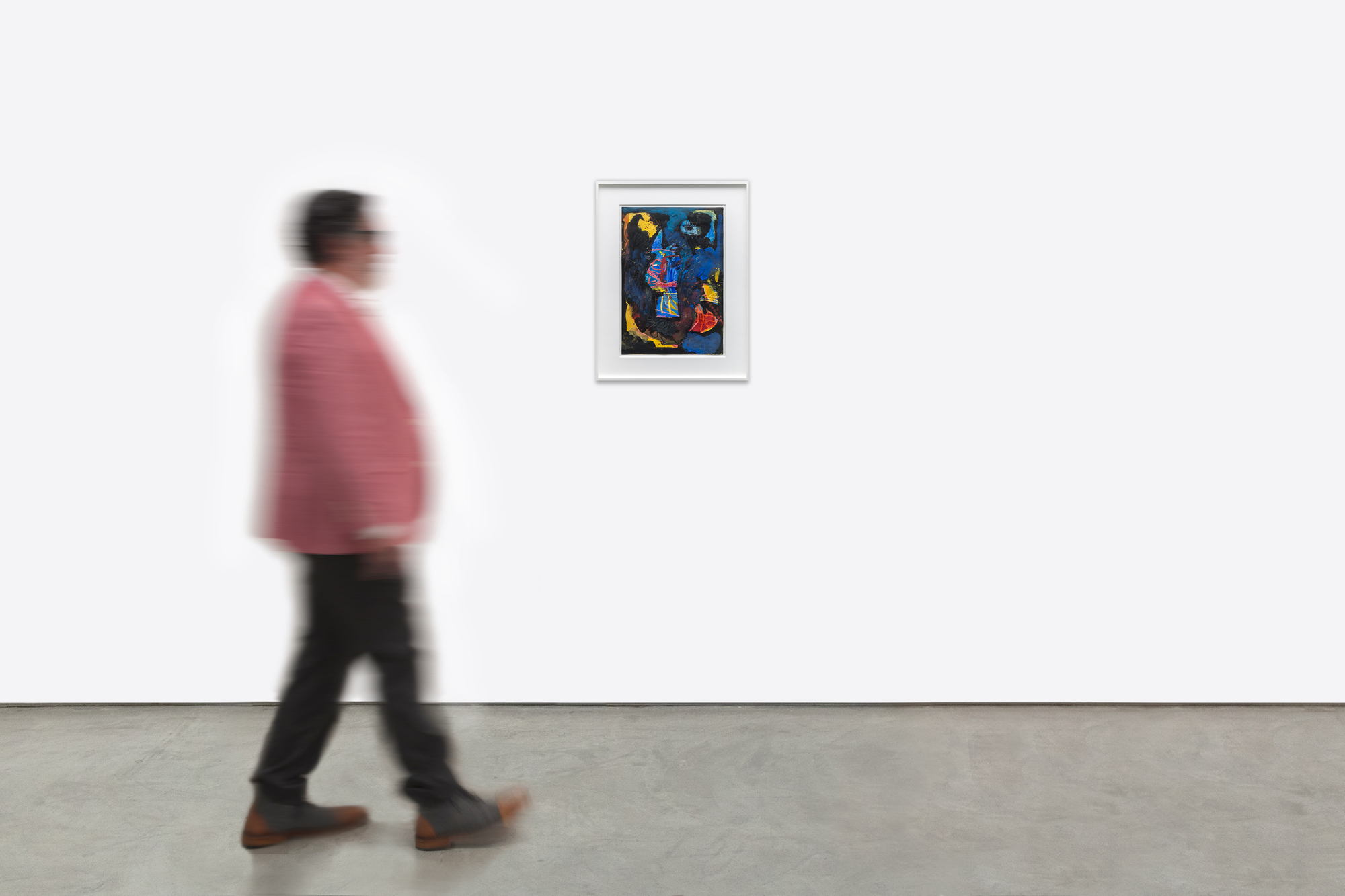
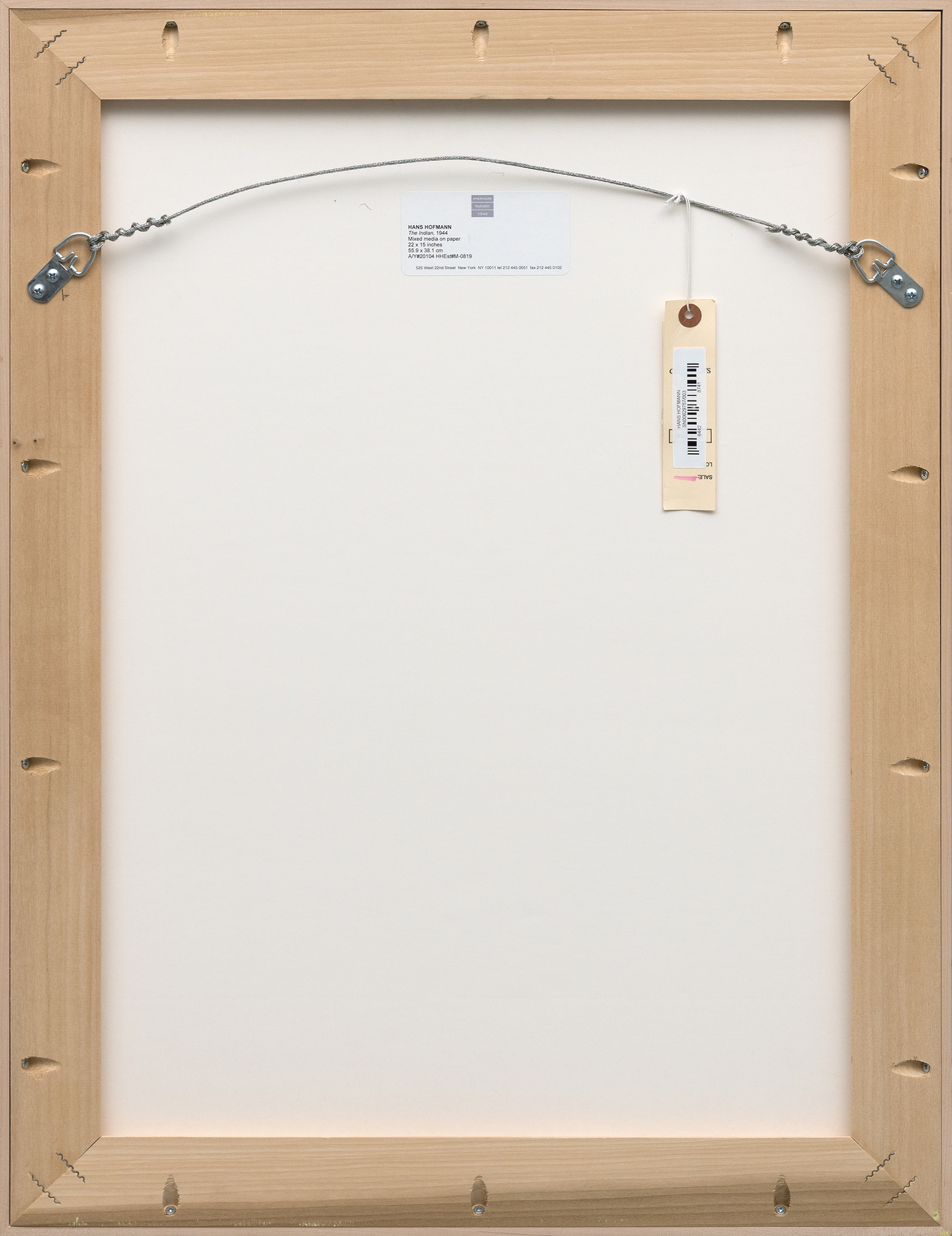
Provenance
Ameringer McEnery Yohe, New YorkCollection privée, New Jersey
La tension entre la forme centrale et son fond vibrant illustre la transition opérée par Hofmann au cours des années 1940, de la rigueur cubiste à des techniques plus libres et expressionnistes. L'Indien capture l'énergie de cette période charnière, avec son abstraction stratifiée et ses sous-entendus symboliques reflétant la capacité d'Hofmann à allier la spontanéité gestuelle à un équilibre compositionnel délibéré.


